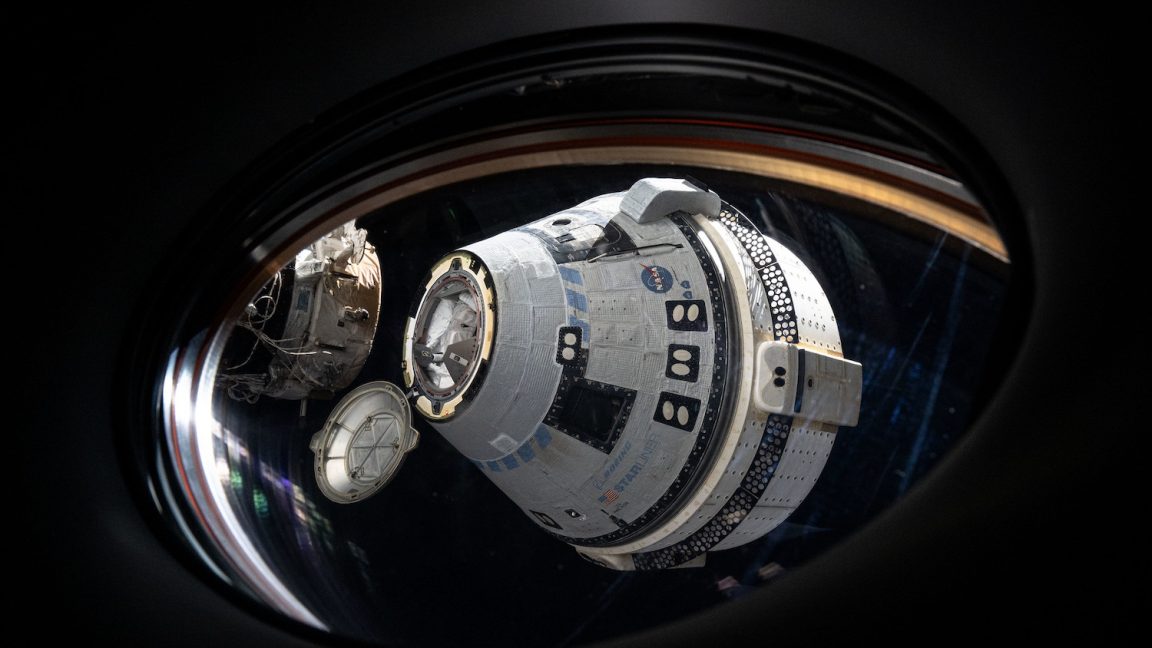
Saddam Hussein’s Unfinished Mosques
In the late 1990s, amidst rising poverty and with four million residents on the verge of famine, the former Iraqi leader Saddam Hussein decided to spend hundreds of million dollars on three grandiose projects in a bid to bolster his Islamic credentials and preserve his tyrannical legacy. Only one was completed.
The Umm al-Ma'arik mosque —Umm al-Ma'arik meaning "Mother of All Battles"— was designed to commemorate the First Gulf War of 1991-92, and at the same time, serve as a personal tribute to Saddam himself. The huge blue-and-white mosque, completed in April 2001, just in time for the ten-year anniversary of the Gulf War, is full of subtle and some not-so-subtle references to the war and Saddam.
The mosque’s four towering minarets is said to resemble the barrel of Kalashnikov rifles, while the four inner minarets are shaped like Scud missiles sitting on launch pads. The Kalashnikov-like minarets stand 43 meters tall that signify the 43 days of conflict with the US that occurred during Operation Desert Storm. The inner minarets, that look like Scud missiles, are 37 meters tall that represent the year of Saddam's birth, 1937.
The central dome of the mosque is set in the middle of a reflecting pool of water shaped like the Arab world, in which is a 25-feet wide mosaic representation of Saddam's thumbprint with an inset magnified version of his initials, made from gold. The pool’s 28 fountains, the four inner minarets and their 37-meter height taken together represent the date of the megalomaniac leader’s birth —28 April 1937.
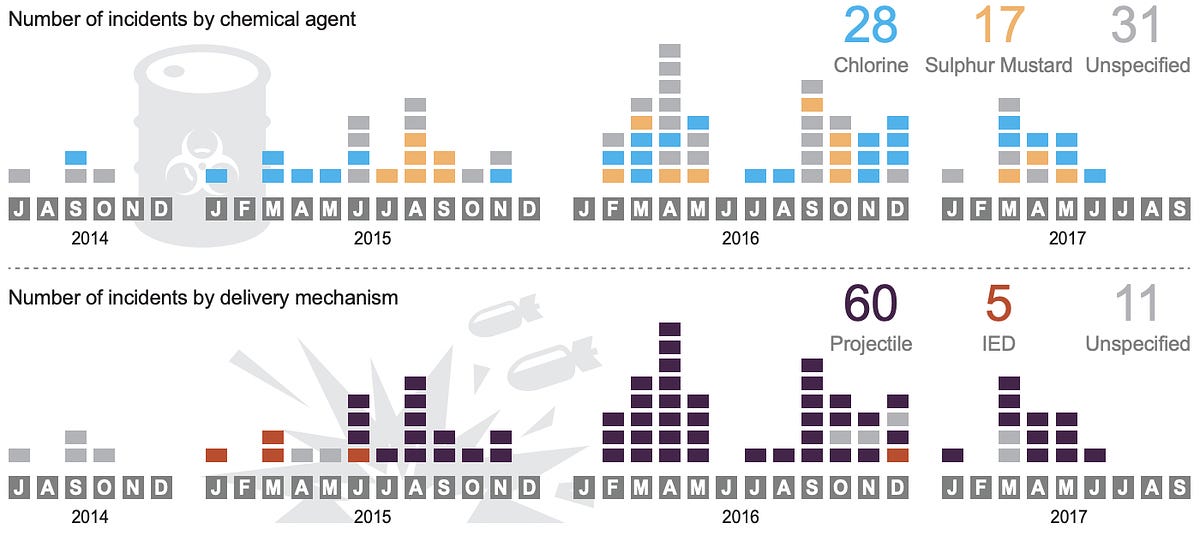




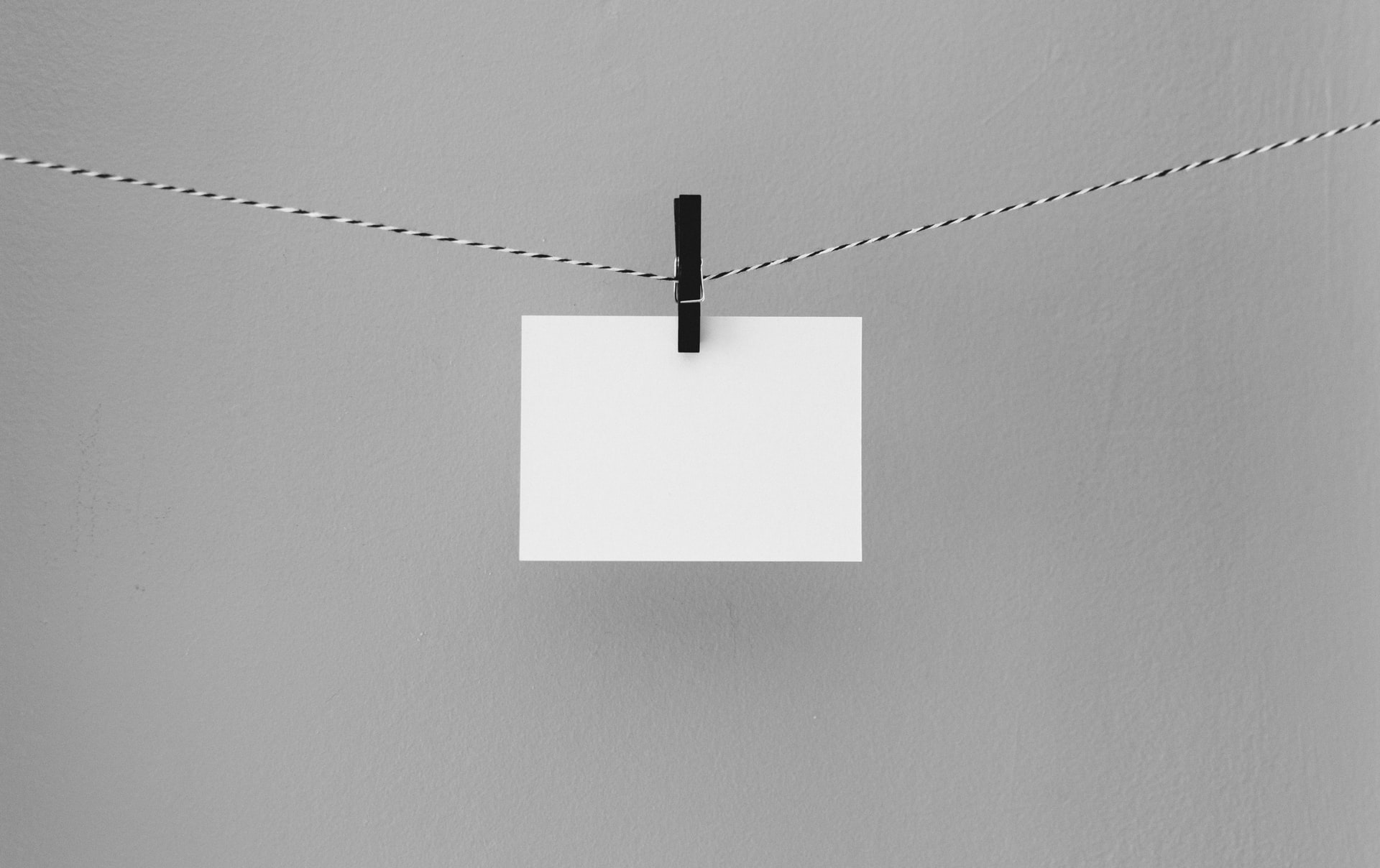




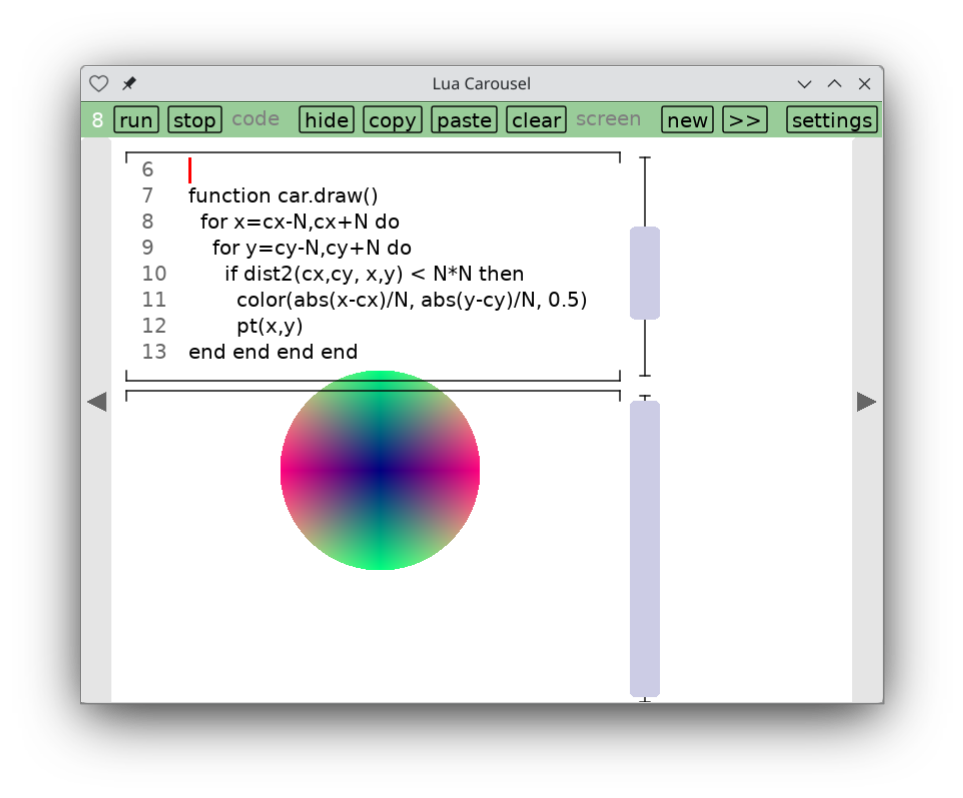
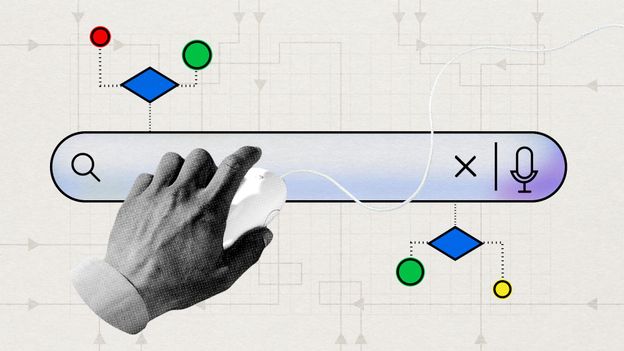
.png)







